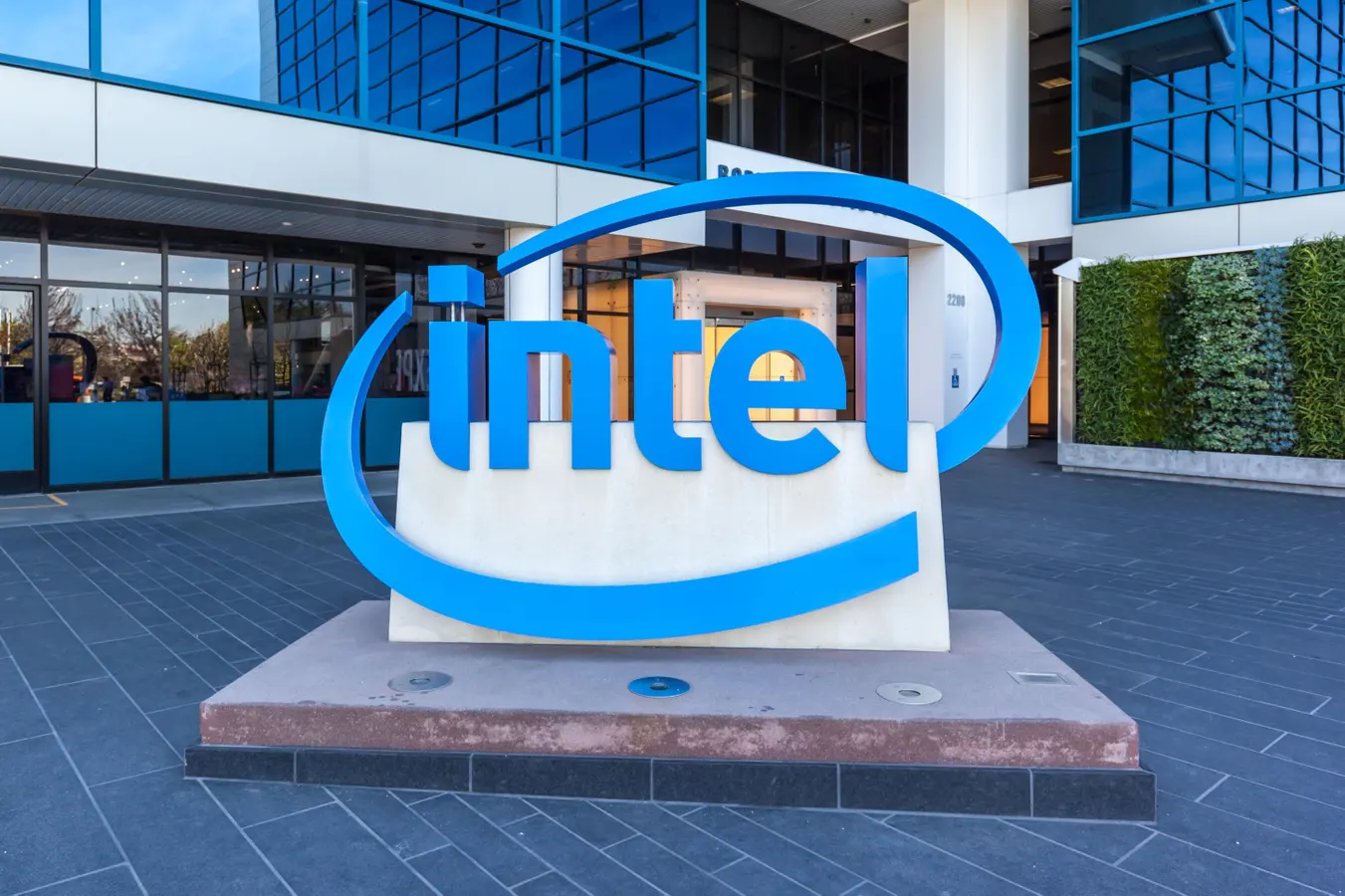Intel announced on Thursday that it would lay off more than 15% of its workforce, equating to approximately 15,000 employees. This decision is part of a broader strategy to reduce spending by $10 billion by 2025, following a disappointing second-quarter earnings report.

Intel’s Struggles in the AI Era
In a memo to employees, CEO Pat Gelsinger highlighted the company’s financial challenges. “Our revenues have not grown as expected – and we’ve yet to fully benefit from powerful trends, like AI,” Gelsinger stated. “Our costs are too high, our margins are too low. We need bolder actions to address both – particularly given our financial results and outlook for the second half of 2024, which is tougher than previously expected.”
Despite leading the tech industry’s revolution around CPU chips 25 years ago, Intel has struggled to keep pace with newer computing trends such as smartphones and AI. While other hardware companies, like Nvidia, have capitalized on the AI boom, Intel’s annual revenues fell by $24 billion between 2020 and 2023, even as its workforce grew by 10% during the same period. This stands in stark contrast to other chipmakers who have seen their revenues and valuations soar amidst the AI surge.
Financial Setbacks and Future Outlook
For the second quarter, Intel reported a 1% decline in revenues compared to the same period last year, attributing the loss to gross margin headwinds related to its AI PC products. In response to these financial setbacks, the company has decided to suspend its shareholder dividend starting in the fourth quarter of 2024 and anticipates “more challenging” trends in the latter half of the year than previously expected.
Employee Voluntary Departure and Retirement Programs
In addition to the layoffs, Intel will offer a voluntary departure program to employees next week, as mentioned in the memo. Furthermore, the company is announcing an enhanced retirement offering for eligible employees as part of its cost-reduction strategy.
This massive reduction in workforce and the introduction of new employee programs underscore Intel’s efforts to navigate its financial difficulties and reposition itself in a rapidly evolving tech landscape.
